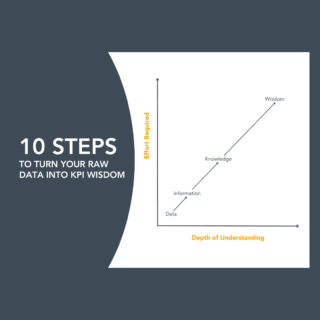This headline is of course a somewhat subjective statement and since only one is really acceptable in the workplace, I shouldn’t really be leading you on with a sexy lost leader. Yet, co-creation remains a powerful concept and is a business practice being used by Starbucks, Nike, Cisco and Dell (which makes it sort of sexy too), and I use it with my clients as often as possible. It is based on the simple concept that together we build more value and that organizations prosper when they focus on building healthy relationships with employees, stakeholders and customers.
Venkat Ramaswamy, along with consulting partner Francis Gouillart, have written a book, The Power of C0-creation , that builds on the concept that good facilitators have understood for years: individuals become more engaged when they are part of creating the strategies for an organization’s success rather than trying to respond to a document that has been delivered to them.
However, this book takes it beyond just employee engagement and shows how customers and stakeholders can play an integral part of contributing to strategy development and gain a real competitive advantage in the marketplace.
As consultant Charu said in her India business blog: Co-creation is a major re-think on how businesses create value. It involves redefining the way organizations engage individuals in value creation, especially employees and internal stakeholders, but also customers, suppliers, and related external stakeholders and communities. It is about organizations unleashing the creative energy of people by inviting and enabling them to interact with them differently. Value generated from experiences is greatest when there is interactive engagement. Human experience is the key starting point of value creation.
Co creation seems to be the new language of business which can certainly create differentiation. The organization’s focus needs to shift to putting in place engagement platforms that enable new interactions. Just discussing and designing the product in the boardroom is not going to create as much value.
The idea has, of course, existed for years (facilitators and market researchers are just a few who will vouch for that), yet finding ways to employ the concept in the workplace requires true intent and specific processes with skilled facilitators. The results will pay dividends in better strategies, more engaged employees, and therefore, more value for your customers.
As Lao Tzu says in the Tao Te Ching, “Of the best leader, when the job is done the people say ‘we did it ourselves.'”


